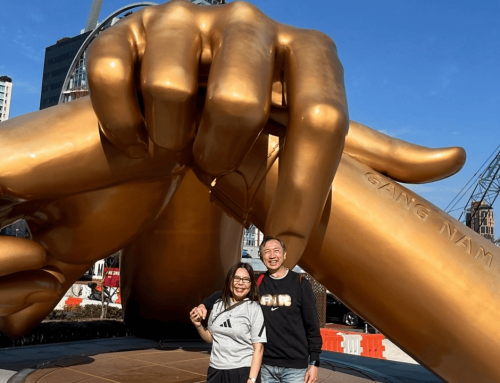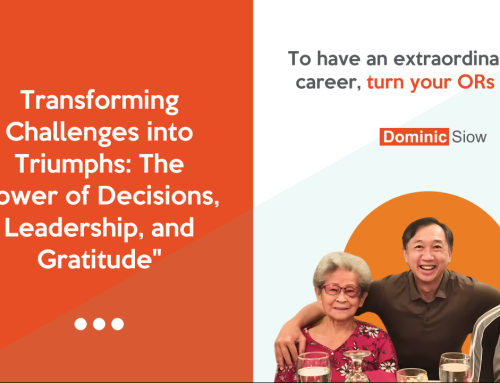

Learning that “leaders are teachers” at Leadership Academy was pivotal in helping me get from introverted I.T. nerd to transformational coach. Several quotes from that program had a profound impact on me.
Having the word “manager” in your title does not a leader make you in the eyes of others. How effective your leadership is is determined not by how your people are when you are around, but when you’re not.
“The greatest calling of leadership is the growth and development of your people” – Harvey Firestone
In recent times, with the Great Resignation impacting organisations’ productivity and performance and the hybrid working model now part the new normal, EQ Strategist has experienced an elevated interest in our courses on High EQ Leadership and Mentoring Skills.
Our clients tell us – “As a business, we want to empower our managers with the mindset and tools to engage their people more effectively, to develop and help their people be happier, more confident and empowered leaders themselves. And to help them understand that “telling” is not “teaching”.
It got me looking into my past and reflecting on the teachers I’ve had in my life that truly stood out. Whose leadership style created a significant difference and whose mindset and strategies others could model.
Subsequent to my recent post on first follower leadership that I took from my teacher Dad, one of my best childhood friends, Jake, reached out to share his story of how Mr. Rajaratnam, our Primary 4 teacher had been a game changer for him.
Back in the 1970s, classes were streamed at the school we attended in Malaysia. The top 40 in academic results were placed in the “A” class, the next 40 in “B”, etc. From Primary 1 to 3, Jake had been one of the kids in the “A/B” fringes – “B” one year, “A” the next, then “B” and “A” again. The “A” years had been intimidating for him. He wasn’t quite sure if he belonged.
Back then, right before the bell rang for the first class of the school year, it was common for pupils to rush into class and choose to sit next to their BFF. And so it was on the first day of Primary 4. The day we met Mr. Rajaratnam. His first act that day surprised everyone.
He got everyone to stand up and form a line, the order of which was based on our respective academic results on our Year 3 report card. He then paired “1” with “40”, “2” with “39” etc.. and had these pupils sit next to each other in class for the rest of the year.
Jake was paired with Lawrence, one of our class geniuses. Sitting next to Lawrence that year was life-changing for Jake. At the start of every class, Lawrence would open up a notebook he’d filled with a summary of key things we’d learn in class that day, taken from his reading of the materials the night before. His level of preparedness and diligence both surprised and inspired Jake.
With Lawrence’s guidance, Jake started modelling this habit. A habit that would result in him being in the top 15 of the grade for the rest of his schooling life. And which subsequently helped him gain entry to college in the USA.
“We are what we repeatedly do. Excellence, then, is not an act, but a habit” – Will Durant
Jake remains today one of the most amazing people I know – a successful entrepreneur with a huge heart and a beautiful family. A guy, who from modest roots now lives the life of a model migrant in the USA. There are certainly many contributing factors that made that possible, but he attributes Mr Rajaratnam’s leadership as a key factor.
One action. From a teacher who understood that his goal was not just to teach but to bring out the best in his charges. Who cared enough. And who understood that “you become who you surround yourself with”. And who created the environment that would help his people be at their inspired best.
“Before you become a leader, success is about growing yourself. After you become a leader, success is about growing others.” – Jack Welch
As a leader of your team, how can you apply this mindset to help your people be even more effective? Perhaps you could initiate regular “birds-of-a-feather” sessions that combine that element of learning and networking.
Or introduce a mentoring program that encouraged mentees to connect with mentors. And make creating 1-on-1 coaching time with your people a must! To understand and listen to their aspirations, fears, strengths and non-strengths and empower them with development opportunities to fulfil their highest potential.
Love to hear your thoughts. What strategies have you implemented to help your people realise even more of their highest potential?







Leave A Comment